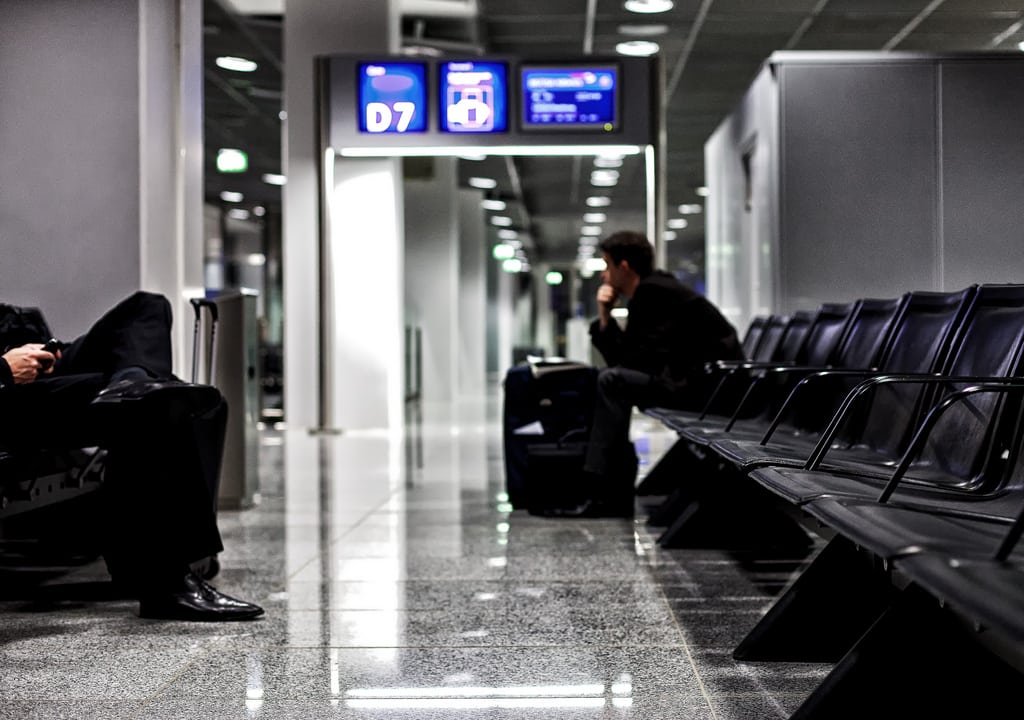10 Years Later: How the Travel Industry Came Back From the Financial Crisis

Skift Take
The 10-year anniversary of the Lehman Brothers bankruptcy reminds us that travel was ravaged along with other industries in the ensuing global recession. How the industry coped and rebounded is instructive for the next downturn.
Ten years ago this week Lehman Brothers declared bankruptcy, still the largest such filing in U.S. history. In many ways, the failure of Lehman marked the tipping point when the crisis metastasized from a collapse in subprime mortgages to a global financial crisis. Businesses and consumers are still living with the fallout of Lehman and the global financial crisis today.
Much has changed in the travel industry since 2008. In the immediate aftermath of the crisis, consumers pulled back on discretionary spending, cancelling or downsizing planned vacations; businesses tightened their belts and cut corporate travel expense accounts. An investor who bought the S&P 500, a widely followed stock index that tracks the 500 largest U.S. businesses, in January 2007 would have lost half of their money by March 2009, the low point for stocks. Travel stocks got hit even worse. Over the same time frame, airline stocks declined 68 percent while hotel, resorts, and cruise lines fell 74 percent.
But in the years after, some industries, such as hotels and airlines, have seen cyclical recoveries in-line with the broader U.S. business cycle. While other areas of travel have experienced new growth — such as online bookings or emerging market outbound travel — that took place seemingly uninterrupted by the Great Recession. On the other hand, some sectors, such as offline travel agents, are in a broader decline. Lastly, there are entirely new startup-led markets, like apartment sharing, that only sprung up in the aftermath of the crisis.
Employm

